The Special Air Service (SAS) is a highly skilled and elite unit of the British Army. It is known for its rigorous training and selection process, which only the best soldiers can pass. SAS soldiers are known for their ability to operate independently and effectively in difficult and often unpredictable environments. They are called upon to undertake the most challenging and critical missions, both operationally and strategically.
Introduction
Being a part of the SAS is a privilege and an honor. Members of the SAS Reserve are handpicked for their exceptional abilities and are expected to maintain the highest standards of professionalism at all times. The SAS is a tight-knit community that takes great pride in its heritage, role, and reputation. Service in the SAS is physically and mentally demanding, but the rewards are well worth it.
History
The Special Air Service (SAS), the British premier special operations unit, was founded in 1941 as a regiment and later reorganized as a corps in 1950. The unit is tasked with various critical missions, including covert reconnaissance, counter-terrorism, direct action, and hostage rescue. The SAS operates with a high level of secrecy and discretion. Much of its information and activities are classified and not publicly discussed by the British government or the Ministry of Defence.

The SAS has a rich history, dating back to the Second World War when it was first established. In 1947, it was reformed as part of the Territorial Army and was named the 21st Special Air Service Regiment (Artists Rifles). The 22nd Special Air Service Regiment, part of the regular Army, gained international fame and recognition for its successful rescue of hostages during the 1980 Iranian Embassy siege, which was televised.
Organization
Due to the sensitive nature of their work, the British government typically does not release or comment on the information regarding the contemporary Special Air Service (SAS). Details about the unit’s operations and activities are confidential and not discussed publicly unless it is a humorous anecdote.
The SAS is composed of three units: a regular unit, the 22 SAS Regiment, and two Army Reserve units, the 21 Special Air Service Regiment (Artists) (Reserve) (21 SAS(R)) and 23 Special Air Service Regiment (23 SAS (R)). Together, these units form the Special Air Service (Reserve) (SAS(R)). The SAS is known for its high level of training, secrecy, and professionalism.
Squadrons
| 22 Special Air Service Regiment | 21 Special Air Service Regiment (Artists) | 23 Special Air Service Regiment |
|---|---|---|
| ‘A’ Squadron (Hereford) | ‘A’ Squadron (Regent’s Park) | ‘B’ Squadron (Leeds) |
| ‘B’ Squadron | ‘C’ Squadron (Bramley Camp) | ‘D’ Squadron (Scotland) |
| ‘D’ Squadron | ‘E’ Squadron (Wales) | ‘G’ Squadron (Manchester) |
The 22 SAS Regiment is the regular army unit of the Special Air Service and typically has a strength of 400 to 600 operators. The regiment is divided into four operational squadrons: A, B, D, and G. Each squadron is commanded by a major and consists of approximately 65 men, divided into four troops (each led by a captain) and a small headquarters section. Each troop typically includes 16 men, referred to as “blades” or “Operators,” Each troop patrol comprises four men with specialized skills such as signals, demolition, medic, or linguist to the basic skills learned during training.
The four troops within the SAS specialized in different areas of expertise:
- Boat Troop specializes in maritime skills, including diving using rebreathers, kayaks (canoes), and Rigid-hulled inflatable boats, and often trains with the Special Boat Service.
- Air Troop is an expert in free-fall parachuting and high-altitude parachute operations, including High Altitude Low Opening (HALO) and High Altitude High Opening (HAHO) techniques.
- Mobility Troop specializes in using vehicles and is an expert in desert warfare. They have also trained at an advanced level of motor mechanics to field-repair any vehicular breakdown.
- Mountain Troop specializes in Arctic combat and survival, using specialist equipment such as skis, snowshoes, and mountain climbing techniques.
In 1980, R Squadron (now renamed L Detachment) was formed, comprising ex-regular SAS regiment soldiers who committed to reserve service.
The 22 SAS Regiment’s duty rotations are set up so that one squadron is maintained on Counter-Terrorism duty in the UK; a second will be on a deployment; a third will be preparing for deployment while conducting short-term training, and the fourth will be preparing for long-term overseas training such as jungle or desert exercises. In times of war, such as the 2003 invasion of Iraq, it is not uncommon for two squadrons to be deployed.
Training and Selection
The British Special Air Service (SAS) selection process is widely considered the toughest and most demanding in the world. It is divided into three phases, each with its unique challenges. The first phase, known as the Fitness and Navigation phase, is the most difficult and where the largest number of candidates drop out. The second phase, Jungle Training in Brunei, tests candidates’ ability to survive in a tropical environment and includes training on escape tactics and interrogation. The final phase, combat survival, pushes candidates to their limits and tests their ability to operate in hostile conditions.
It is important to note that the regular elements of the United Kingdom Special Forces do not recruit directly from the general public. Before being considered for SAS selection, potential candidates must first serve in the military.
Phase I
Endurance Phase:
The Special Air Service (SAS) selection process begins with a week-long Battle Fitness Course (BFT), which includes a 3-mile run. The first mile and a half of this run must be completed in 12 minutes, with candidates allowed to rest in their own time. The following days consist of basic map revision, orienteering, gym work, and 5-mile runs. Additionally, 8-mile cross-country runs are also done, with candidates expected to finish within 1 hour. The first week concludes with the candidates facing their first major test, the Fan Dance. This test is designed to push the candidates to their physical and mental limits and is considered a crucial step in the selection process.
The Fan Dance
The Fan Dance is a grueling test that is considered a crucial part of the selection process for the Special Air Service (SAS). It carries a 32-pound bergen over a 24km route, designed to push the candidates to their physical and mental limits. The day starts at 4 am and ends at 10.30 pm, and the marches range from 15-64km, including climbing and descending steep terrain, carrying backpacks weighing 40-60 pounds. Additionally, the course includes a few night marches, adding to the already challenging nature of the test.
Candidates are never told when the cut-off time is and must keep pace with the Directing Staff (DS) or risk being RTU’d (Returned to Unit). However, suppose a candidate performing well suddenly has a bad day. In that case, they may receive a ‘gypsy’s warning,’ which means one more bad day, and they will be told to report to platform 4, which means they have been eliminated from the selection process. The Fan Dance is considered one of the world’s toughest and most demanding tests, and only the most physically and mentally resilient candidates can pass it.
Test Week
The intense training and selection process for the Special Air Service (SAS) culminates in a series of grueling 24-64km marches over the rugged terrain of the Brecon Beacons. This includes a hand-drawn map march and the endurance march, which takes twenty hours to complete. After these final tests, candidates are gathered together and informed whether they had passed this phase of the selection process or not.
Those who pass move on to continuation training, where they are trained in SAS and Eastern Bloc weapons. The physical demands of the selection process do not end here, as candidates are expected to maintain their fitness and continue with gym work. They are also assessed for their mental abilities, language aptitude, and intelligence through tests such as Mensa. These evaluations are conducted to determine if a candidate can adapt to the SAS way of doing things.
“Its nice of you all to come along, I don’t suppose most of you will be with us for more than a few days.” These are the first words soldiers hear at the beginning of their SAS selection attempt.
Phase II:
Jungle Phase
The second phase of the Special Air Service (SAS) selection process is the Jungle Training phase, which takes place in Brunei at the British Army Jungle Training School. This phase tests the candidates’ ability to survive and operate in a tropical jungle environment. It includes six weeks of grueling training, where candidates are without access to showers or the ability to shave in the middle of a tropical jungle.
During this phase, the candidates are divided into four patrols. They are taught a range of jungle tactics, including building a basha (a lean-to shelter), navigation, jungle and contact drills, explosives, clearing landing zones, and more. The Jungle phase is widely considered one of the most challenging parts of the SAS selection process, with a high rate of failure. More than half of the candidates typically fail this phase of the selection process.
Combat Survival
The final phase of the Special Air Service (SAS) selection process is the Combat Survival phase, where candidates are trained in evasion and escape techniques and interrogation resistance. They spend one month learning how to survive off the land, using the skills they have acquired during the previous stages of the selection process. The final week is a survival week, where candidates are put to the test by being hunted down by Gurkhas and Paras, knowing that they will be interrogated if they are caught.
During the interrogation, candidates are blindfolded and kept in uncomfortable positions for 48 hours. They are only allowed to provide their name, rank, number, and date of birth as information. The only other thing they can say is, “I cannot answer that question.”
If a candidate successfully passes every stage of the selection process, they are awarded the coveted SAS beret and placed on a one-year probationary period.
Specialized training after selection
Once the selection process for the Special Air Service (SAS) is completed, the training does not end there. The soldiers are then assigned to one of the three troops: Mountain, Mobility, or Boat Troop, depending on the availability of openings. They then undergo specialized training, including parachuting, medical, and advanced weapons training.
Parachuting is one of the main techniques taught in High Altitude, Low Opening (HALO). Over six weeks, soldiers will jump 40 times over Britain and France from an altitude of around 12,000 feet, eventually progressing to 25,000 feet. This may sound simple, but during the first 12 seconds of the jump, soldiers will drop 1,480 feet and reach a terminal velocity of 120mph.
As Peter Radcliffe explains in his book, “Eye of the Storm,” it is challenging to remain in the Starfish shape, which is necessary to be stable enough to deploy the parachute. Imagine driving your car at 120mph and putting your hand out the window, then imagine the effect on your whole body, where even the slightest movement will throw your body around.
The Boat Troop undergoes extensive training in night navigation, spending up to 5 or 6 hours a night in freezing seawater, navigating 25 miles out to sea on rubber Gemini boats. This might seem easy, but the freezing seawater makes it extremely challenging. The SAS must be able to operate in any area, climate, and situation, whether in the desert or the freezing ocean.
Medical training is also an important aspect of SAS training. Every soldier must be familiar with medical procedures for obvious reasons. The SAS spends a month in an emergency room, learning and practicing skills such as treating gunshot wounds and burns. They also spend about a week in a morgue, performing post-mortem examinations and studying the human body. Hostage rescue is another essential skill that the SAS requires.
Equipment
The SAS, or Special Air Service, is a highly skilled and elite unit that utilizes various firearms. These weapons, which range from locally manufactured to imported models, are carefully selected to meet the unit’s specific needs.
One of the primary firearms used by the SAS is the Colt Canada C8 carbine. This weapon is lightweight and easy to fire, making it ideal for troops who require mobility and quick response times. Additionally, it is cleared for specialist frangible ammunition, designed to minimize the risk of ricochets or overpenetration.
While the SAS does have access to specialized weapons, they also use standard-issue equipment. This is done to avoid drawing attention to the unit and to blend in with other British soldiers. For example, a group of SAS troops armed with non-standard weapons would stand out and draw unwanted attention in a busy military setting. Using standard-issue equipment, SAS can maintain a low profile and operate more effectively.
In the past, the SAS had opted for different weapons for certain roles compared to the standard issue equipment used by other British soldiers. For example, during the early-mid 1980s, when the standard issue rifle was the L1A1 SLR, the SMG was the L2 Sterling, and the sidearm was the L9 Browning Hi-Power, the SAS preferred the US M16 for its lighter weight and full-automatic firepower. This was particularly useful for the SAS in breaking contact quickly, especially once the M203 grenade launcher became an option.
For close-quarters action such as counter-terrorist work, the SAS famously used the Heckler & Koch MP5, which at the time was believed to pose less risk of overpenetration than a rifle while still maintaining closed-bolt accuracy. Additionally, some members of the SAS used the SIG-Sauer P220s and P226 for their double-action trigger, which could be carried loaded, ready, and hammer down for immediate use, as opposed to the traditional method of running the safety catch or making ready before firing.
As a result of these choices, there were reasonably distinct “SAS weapons” compared to “mainstream” weapons. However, as the L85 rifle came into use, the SAS initially disliked it as it was heavier than the M16 and M4 and could not use the M203, so they retained their bespoke armory well into the 1990s.
As time passed and the L85 rifle proved to be better than initial critics claimed, it also gained some of the modifications and accessories that the SAS valued, like the Underbarrel Grenade Launcher that gave it the same or slightly more capability as the M203. Operations in Afghanistan and Iraq led to the infantry adopting the FN Minimi as the L110 Light Machine Gun.
After 2000, the SAS moved from routinely using “signature gear” and began to use mainstream equipment unless there was an apparent reason not to. By 2004-2005, the SAS had largely adopted mainstream equipment, except for some specialist roles. However, post-TELIC/HERRICK rationalization, the Army dropped the L110 LMG, which may remain the SF signature kit for some jobs. But outside of specialist roles, the SAS and similar units aim to avoid standing out.
In summary, the SAS uses a variety of firearms to suit their specific needs and mission requirements. These weapons are carefully selected and used with standard-issue equipment to avoid drawing attention and blend in with other British soldiers.
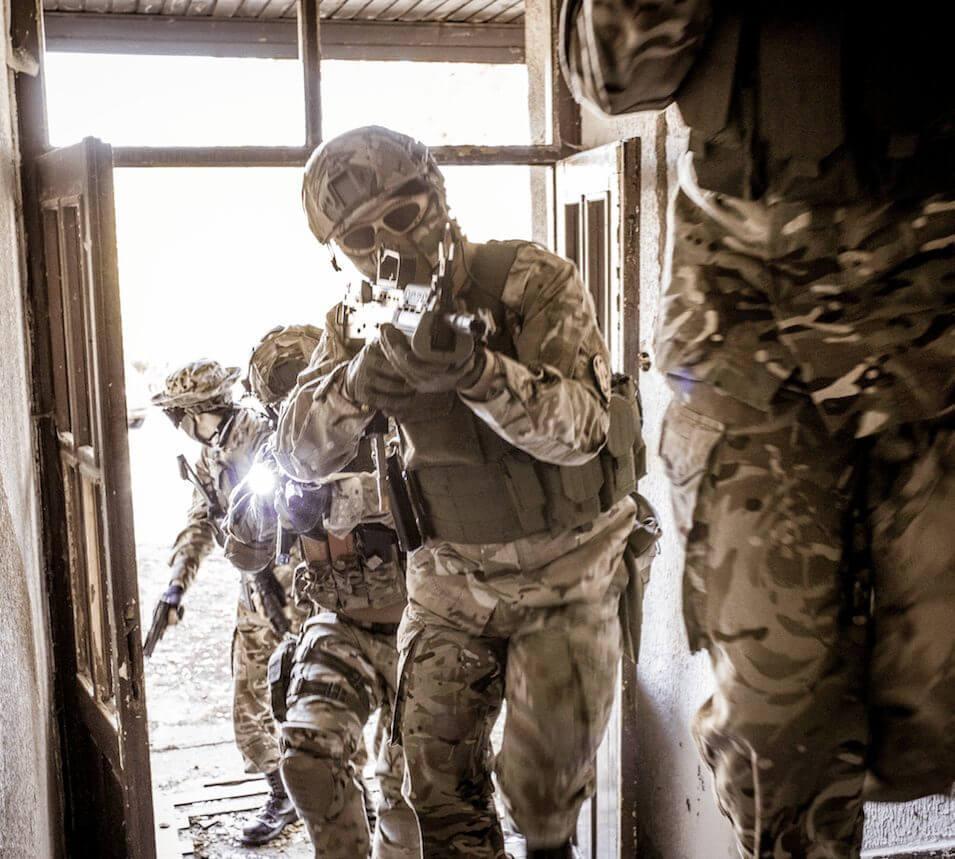

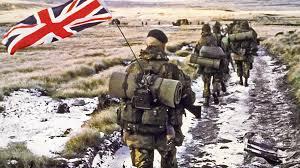
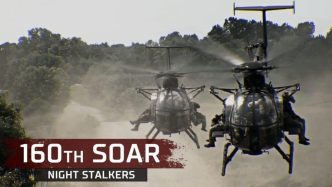
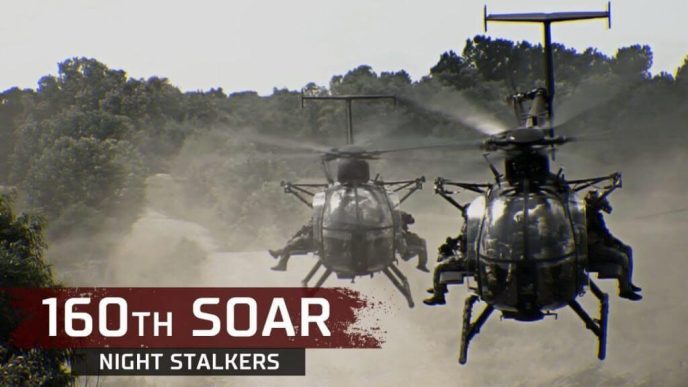
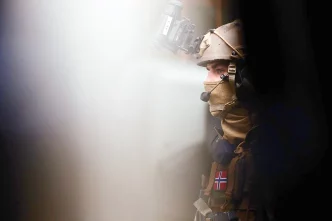
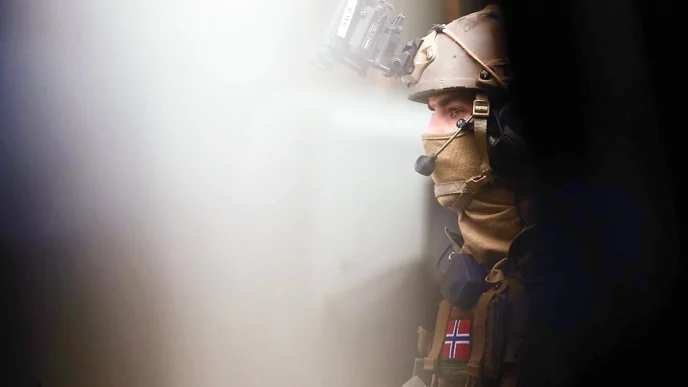
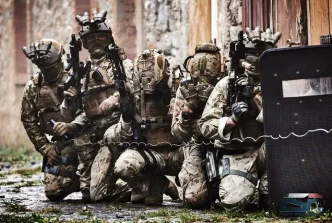
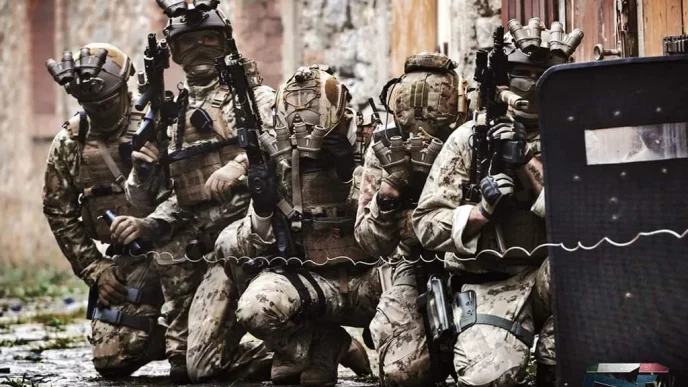
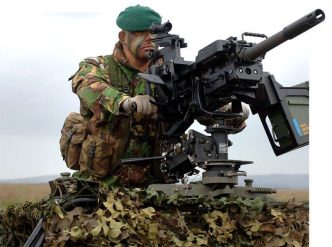
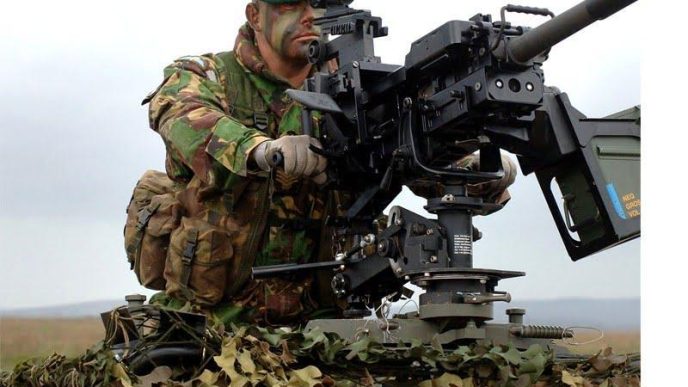
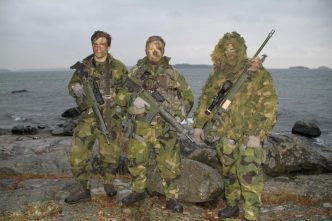
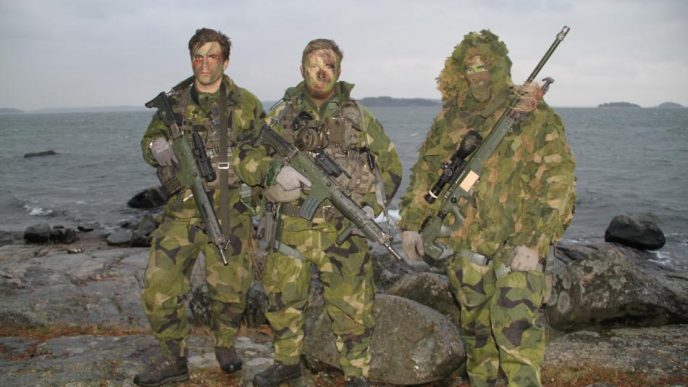
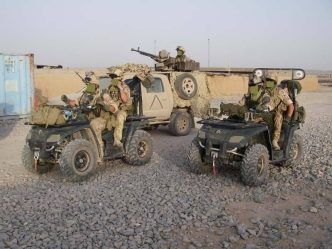
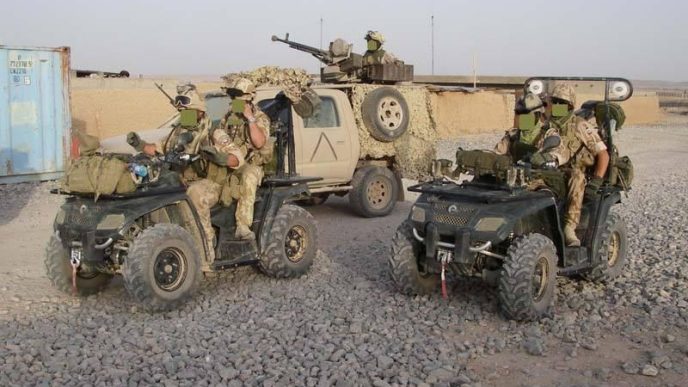
rescue responding